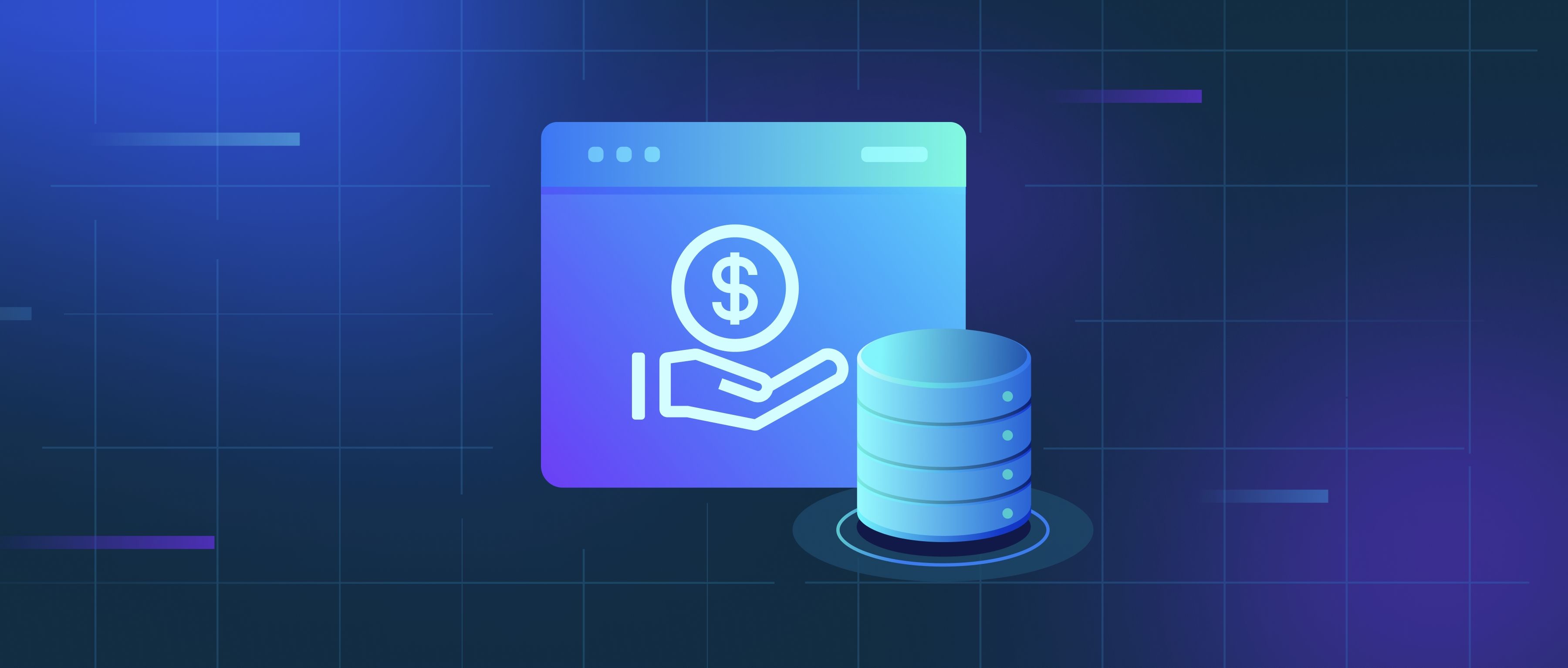A single-tenant SaaS (Software as a Service) architecture is a setup where each customer’s data and applications run on a separate instance of the software. Essentially, this means that each organization has its own exclusive version of the application, along with a dedicated database. In such a configuration, individual clients’ environments are isolated from one another, ensuring that the data and performance of one client do not affect another. This model is particularly appealing for businesses that require strict data governance or customization options tailored to their specific needs.
One of the key benefits of single-tenant architecture is the increased level of security and privacy it offers. Since data is kept in separate instances, clients can implement security protocols specific to their organization without interfering with other users. For example, a financial institution using a single-tenant solution might have stringent compliance requirements. They can configure their instance to meet these needs without impacting the configurations of other clients. Additionally, updates or changes to the application can be rolled out independently to each tenant, giving organizations more control over how and when they implement new features.
However, maintaining a single-tenant architecture can come with challenges. It typically requires more resources to manage each instance separately, which may increase costs and administrative overhead. Scaling can also become more complex, as each individual instance needs to be scaled independently based on user demand. Despite these challenges, companies that prioritize customization, security, and isolation often find that single-tenant SaaS architecture aligns well with their operational requirements, making it a viable choice for certain projects or organizational needs.
